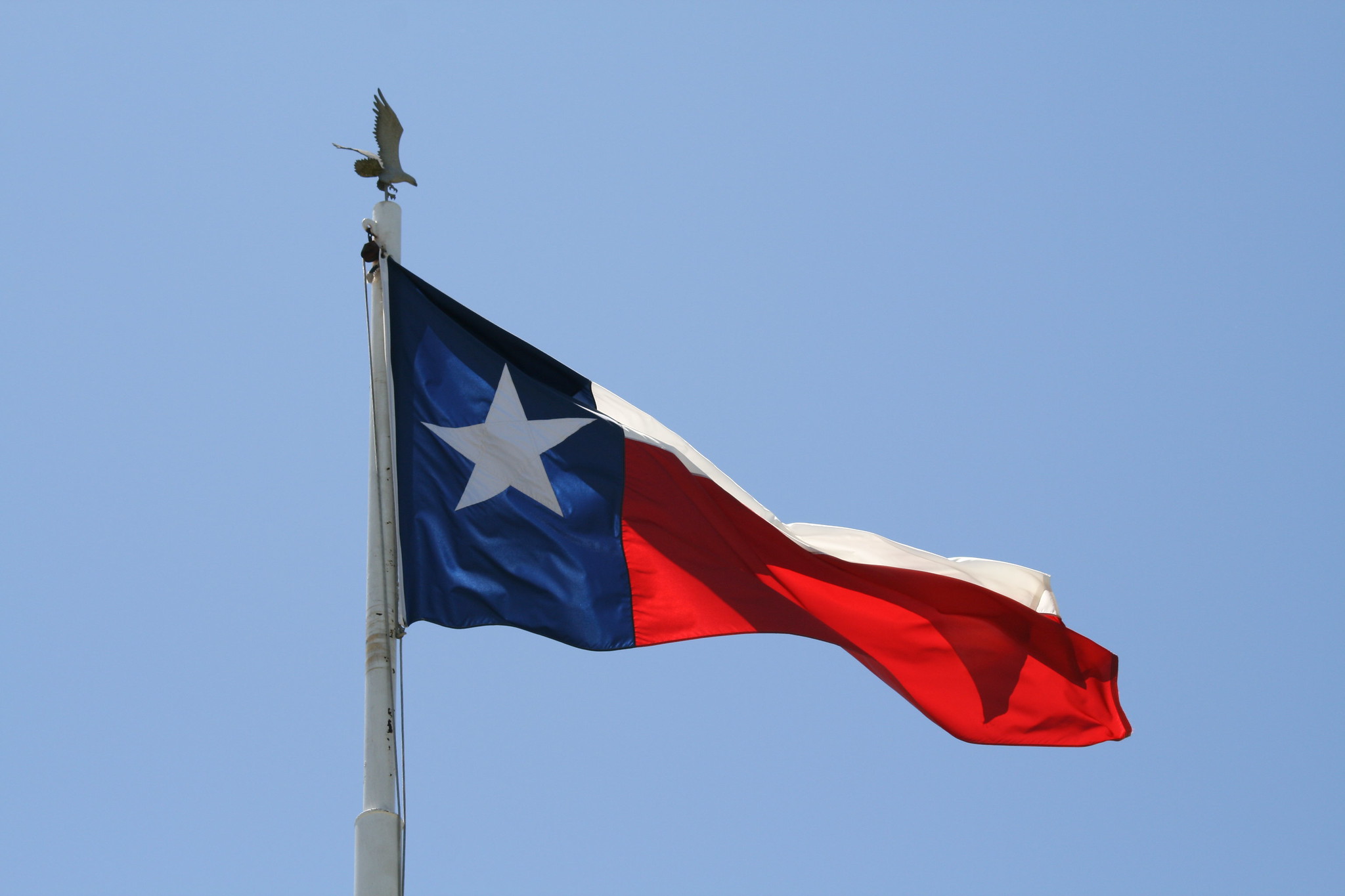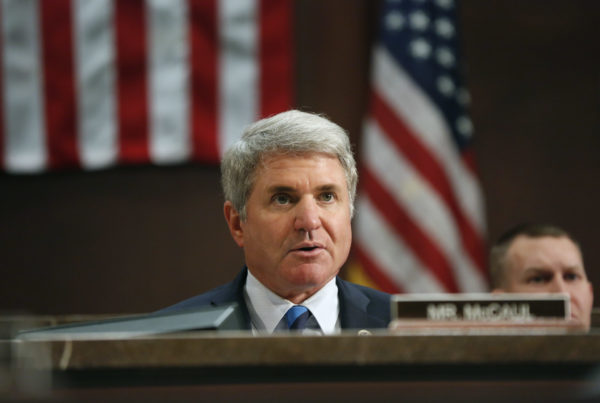Later this year, way later this year, we’ll mark the 175th year of Texas statehood. That will be on Dec. 29. That’s the day in 1845 that Texas officially joined the United States of America, or, as the proudest of Texans say, the day the U.S. was allowed to join Texas.
Though the 29th was the day that President Polk signed the joint resolution that made Texas a state, there was some confusion as to the official moment that the Republic of Texas passed into history and statehood status began. Then-president of Texas, Anson Jones, said that Feb. 19, 1846 was the actual day. He presided over a ceremony in Austin where the Republic of Texas flag was lowered for the last time and the U.S. flag was raised in its place.
As you might surmise, the almost two months difference in official transfer of power led to problems. For instance, who should you pay import duties to – Texas or the U.S.? Lawsuits followed. The U.S. Supreme Court eventually weighed in on the matter and the official date of statehood was established as December the 29th, 1845. Make your checks payable to the U.S. Treasury, please.
You might see the discrepancy in statehood as the difference in marriage dates between a couple marrying first at the courthouse and later in church. One is legal and official and the other is ceremonial and spiritual.
Texas couldn’t just let President Polk’s signing of a document 1,500 miles away be all there was to the moment. They couldn’t allow the Republic so many had died for to pass into history without memorializing the moment in some proper way. So President Anson arranged a ceremony in front of the Texas Capitol, really just a house, that would turn out to both mourn the passing of the Republic and celebrate Texas as the newest state in the union.
What was needed here was what linguists call a “speech act” – a moment in time when something is made real by virtue of pronouncement. Speech acts are generally used by people of authority who have the power to make the words true by just saying them. “I pronounce you man and wife,” or, “I sentence you to 20 years in prison.” Anson Jones began with, “I, as President of the Republic … am now present to surrender into the hands of those whom the people of chosen, the power and authority we have some time held.”
Here is what transpired in that brief ceremony: Noah Smithwick, a blacksmith in attendance, remembered the moment the Texas flag came down.
“Many a head was bowed, many a broad chest heaved, and many a manly cheek was wet with tears when that broad field of blue in the center of which, like a signal light, glowed the lone star, emblem of the sovereignty of Texas, was furled and laid away among the relics of the dead republic.”
The United States flag was raised and the mood changed dramatically. Noah wrote: “We were most of us natives of the United States, and when the stars and stripes, the flag of our fathers, was run up and catching the breeze unrolled its heaven born colors to the light, cheer after cheer rent the air.”
The people celebrated statehood.
I like that Noah tended already toward that creature still common in Texas — the exceptionally proud Texan. He said that he thought “the star in the lower left corner [of the U.S. flag] should have been especially dedicated to Texas.” It’s as if he wanted it framed and separated in some way. How Texan of him.
So, the flag-raising complete, President Anson Jones announced, “The Republic of Texas is no more” — making it politically true, but never absolute because the residual influence of the Republic resides in the minds of many Texans today who still think of her as their country, their nation.
No doubt it was a bittersweet day, but 94% of Texans did vote for statehood, a level of agreement we haven’t enjoyed since. There was great happiness on the whole. Tyler, Texas, was founded that same year, in gratitude to U.S. President John Tyler, who started the movement for Texas annexation.
For a more in-depth look at this day, see: “When Was the Republic of Texas No More?: Revisiting the Annexation of Texas.”















